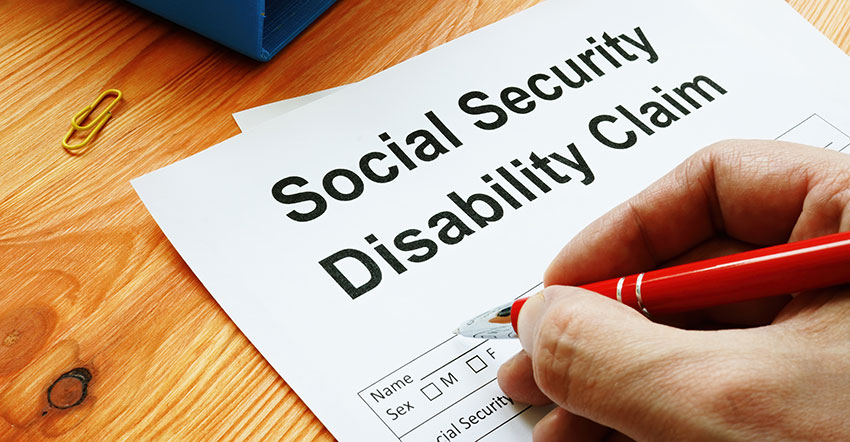If you have a disability that prevents you from working, then you are probably receiving SSDI benefits (Social Security Disability Insurance). Alas, if you’re like many people who get money from government in this way, you probably struggle to live off the amount you receive. However, it’s important to remember that you may also qualify for other types of disability benefits, which will help boost your income. In this blog, we will run through some of the social security and disability benefits that may be available to you.
SSI
SSI stands for Supplemental Security Income. To be eligible for SSI benefits, you must meet certain criteria, including:
- Be over the age of 65
- Be blind or disabled
- Have not worked for a long time and are no longer eligible for SSDI
- Have a low income and also have dependents who are disabled.
Your eligibility to receive SSI will depend on various factors, such as your income and assets. It’s possible to receive SSI alongside SSDI; this is called “concurrent benefits.” For that to happen, the person’s SSDI income must be below $733 per month ($1,100 for couples).
How much you receive depends on your income, whether you’re working, and other criteria.
Medicare Coverage
If you’ve been receiving SSDI for more than two years, you will qualify for Medicare, the health insurance program that can help subsidize healthcare treatment. Medicare is typically made available to people over the age of 65, but exceptions are made for people with disabilities. If you have more than two years of SSDI, then you can get Medicare, even if you don’t fit in with other aspects of the program’s rules (such as age).
Because getting Medicare can be tricky, it’s recommended that you speak to an experienced social security disability lawyer.
SNAP
It’s much easier to relax about one’s financial situation when you know that there’s enough food on the table. Unfortunately, ensuring that is the case is a challenge for many families, even those who are able to work full time. And it’s an issue that is especially prevalent among people that receive SSDI. SNAP (Supplemental Nutrition Assistance Program) aims to help low-income families get access to the food they need; it was previously known as the food stamp program. If you qualify for the program, then you’ll be able to use the benefits at supermarkets, co-op food programs, certain farmer’s markets, and more.
Other Available Benefits
The three benefits that we’ve outlined above are some of the most common types of financial aid for disabled people that SSDI recipients qualify for. But they’re not the only ones. There are a whole host of others!
You may also be eligible to receive:
- Worker’s compensation benefits (if you were injured during the course of employment).
- Veteran Affairs disability benefits (if you were injured while serving in the military, or if your service made an existing condition worse).
- Disability payments from an employer or insurance company
- Temporary state disability insurance benefit (this is partial-pay coverage offered by employers).
- Home Energy Assistance Program – HEAP (a federally-funded program that helps low-income households keep their home warm or cool, be it through paying heating costs, updating infrastructure, or adding cooling assistance).
Making Your Benefits Work For You
If you’re struggling to make end’s meet while you’re on SSDI, then you should, first, check to see if there are other benefits that you qualify for, like the ones that we outlined above.
However, it can also be useful to learn some ways to save money. It’s all about making your money stretch as far as possible! If you can balance your expenses with your income, then you’ll know how to stay afloat until retirement age.
The first step is to get an honest assessment of where your money is going. Just by looking, you might see that you’re overspending in an unnecessary area, in which case, you could save a decent amount of cash just by cutting back.
You may also consider downgrading, or even eliminating, some of your monthly expenses, such as your cell phone plan or cable plan. Shopping at cheaper stores is also one of the better ways to save money as older adult, as is repairing old clothes, electronics, and furniture.
Final Thoughts
It’s not always easy to manage your finances when you receive SSDI. But as we’ve seen, there are plenty of available benefits, and plenty of other things you can do, too, to help put more money into your bank account and make things easier for yourself.
If you are looking to start the process of getting approved for Social Security Disability Benefits, or speak to someone that can help you with your application, click here to complete a quick 30 second form now to see if you qualify.




